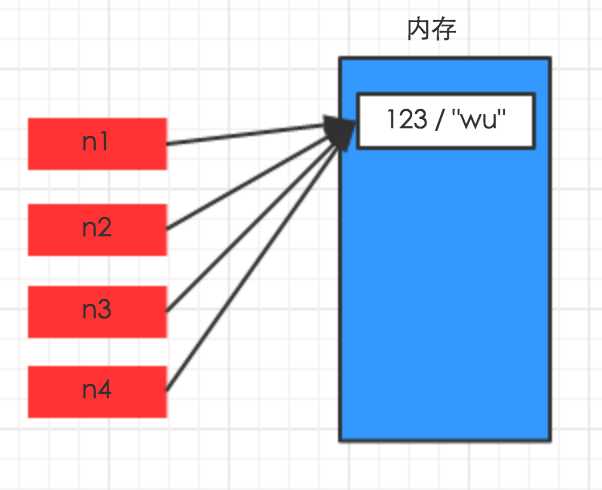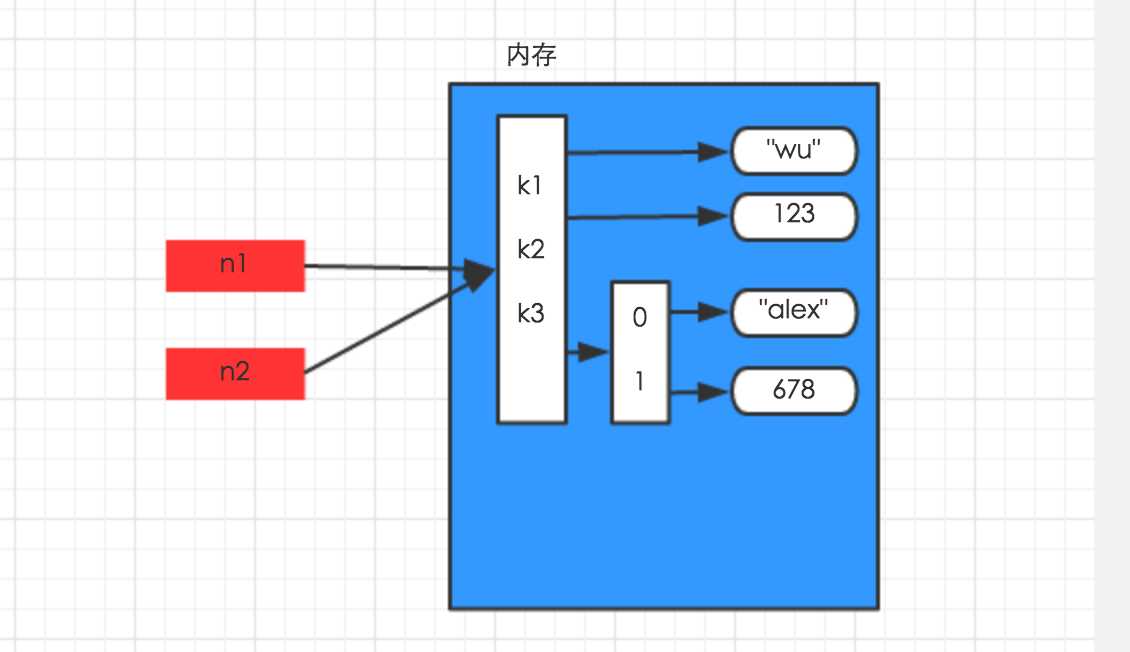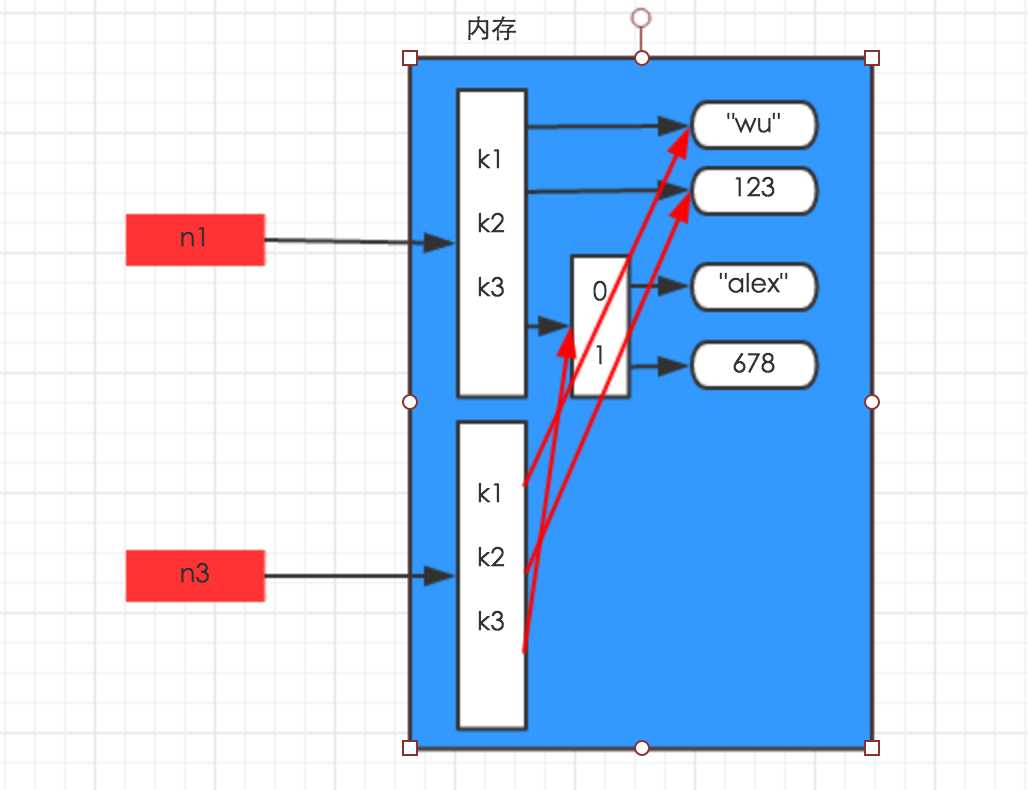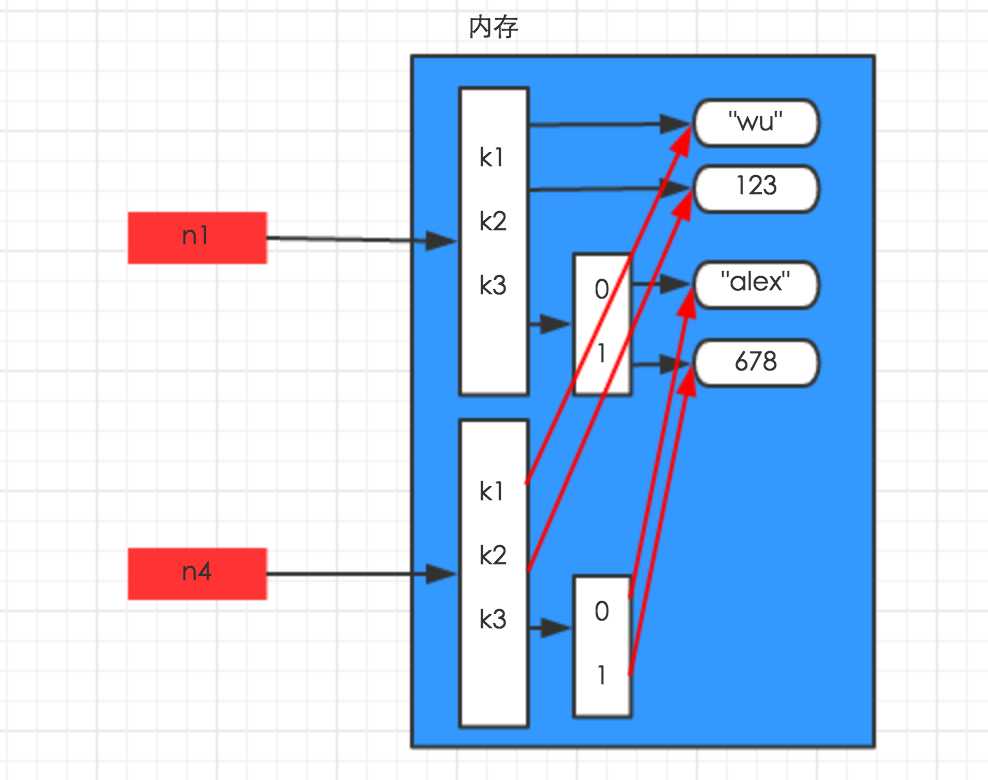Python之路,Day3
Posted
tags:
篇首语:本文由小常识网(cha138.com)小编为大家整理,主要介绍了Python之路,Day3相关的知识,希望对你有一定的参考价值。
一: 三元运算
三元运算(三目运算),是对简单的条件语句的缩写。
1 # 书写格式 2 3 result = 值1 if 条件 else 值2 4 5 # 如果条件成立,那么将 “值1” 赋值给result变量,否则,将“值2”赋值给result变量
二: lambda表达式
lambda表达式式。在开发者想要使用一个简单函数作为参数或者返回值时,使用lambda表达式是很方便的。下面是使用lambda表达式作为内置filter函数的一个参数的示相当于函数体为单个return语句的普通函数的匿名函数。请注意,lambda语法并没有使用return关键字。开发者可以在任何可以使用函数引用的位置使用lambda表达例:
1 aList = [1, 2, 3, 4, 5, 6, 7, 8, 9] 2 low = 3 3 high = 7 4 filter(lambda x, l=low, h=high: h>x>l, aList) # returns: [4, 5, 6]
三:set
set集合,是一个无序且不重复的元素集合
1 class set(object): 2 """ 3 set() -> new empty set object 4 set(iterable) -> new set object 5 6 Build an unordered collection of unique elements. 7 """ 8 def add(self, *args, **kwargs): # real signature unknown 9 """ 10 Add an element to a set,添加元素 11 12 This has no effect if the element is already present. 13 """ 14 pass 15 16 def clear(self, *args, **kwargs): # real signature unknown 17 """ Remove all elements from this set. 清除内容""" 18 pass 19 20 def copy(self, *args, **kwargs): # real signature unknown 21 """ Return a shallow copy of a set. 浅拷贝 """ 22 pass 23 24 def difference(self, *args, **kwargs): # real signature unknown 25 """ 26 Return the difference of two or more sets as a new set. A中存在,B中不存在 27 28 (i.e. all elements that are in this set but not the others.) 29 """ 30 pass 31 32 def difference_update(self, *args, **kwargs): # real signature unknown 33 """ Remove all elements of another set from this set. 从当前集合中删除和B中相同的元素""" 34 pass 35 36 def discard(self, *args, **kwargs): # real signature unknown 37 """ 38 Remove an element from a set if it is a member. 39 40 If the element is not a member, do nothing. 移除指定元素,不存在不保错 41 """ 42 pass 43 44 def intersection(self, *args, **kwargs): # real signature unknown 45 """ 46 Return the intersection of two sets as a new set. 交集 47 48 (i.e. all elements that are in both sets.) 49 """ 50 pass 51 52 def intersection_update(self, *args, **kwargs): # real signature unknown 53 """ Update a set with the intersection of itself and another. 取交集并更更新到A中 """ 54 pass 55 56 def isdisjoint(self, *args, **kwargs): # real signature unknown 57 """ Return True if two sets have a null intersection. 如果没有交集,返回True,否则返回False""" 58 pass 59 60 def issubset(self, *args, **kwargs): # real signature unknown 61 """ Report whether another set contains this set. 是否是子序列""" 62 pass 63 64 def issuperset(self, *args, **kwargs): # real signature unknown 65 """ Report whether this set contains another set. 是否是父序列""" 66 pass 67 68 def pop(self, *args, **kwargs): # real signature unknown 69 """ 70 Remove and return an arbitrary set element. 71 Raises KeyError if the set is empty. 移除元素 72 """ 73 pass 74 75 def remove(self, *args, **kwargs): # real signature unknown 76 """ 77 Remove an element from a set; it must be a member. 78 79 If the element is not a member, raise a KeyError. 移除指定元素,不存在保错 80 """ 81 pass 82 83 def symmetric_difference(self, *args, **kwargs): # real signature unknown 84 """ 85 Return the symmetric difference of two sets as a new set. 对称差集 86 87 (i.e. all elements that are in exactly one of the sets.) 88 """ 89 pass 90 91 def symmetric_difference_update(self, *args, **kwargs): # real signature unknown 92 """ Update a set with the symmetric difference of itself and another. 对称差集,并更新到a中 """ 93 pass 94 95 def union(self, *args, **kwargs): # real signature unknown 96 """ 97 Return the union of sets as a new set. 并集 98 99 (i.e. all elements that are in either set.) 100 """ 101 pass 102 103 def update(self, *args, **kwargs): # real signature unknown 104 """ Update a set with the union of itself and others. 更新 """ 105 pass
四:数字和字符串
对于 数字 和 字符串 而言,赋值、浅拷贝和深拷贝无意义,因为其永远指向同一个内存地址。
1 import copy 2 # ######### 数字、字符串 ######### 3 n1 = 123 4 # n1 = "i am alex age 10" 5 print(id(n1)) 6 # ## 赋值 ## 7 n2 = n1 8 print(id(n2)) 9 # ## 浅拷贝 ## 10 n2 = copy.copy(n1) 11 print(id(n2)) 12 13 # ## 深拷贝 ## 14 n3 = copy.deepcopy(n1) 15 print(id(n3))

对于字典、元祖、列表 而言,进行赋值、浅拷贝和深拷贝时,其内存地址的变化是不同的。
1、赋值
赋值,只是创建一个变量,该变量指向原来内存地址,如:
1 n1 = {"k1": "wu", "k2": 123, "k3": ["alex", 456]} 2 3 n2 = n1

2、浅拷贝
浅拷贝,在内存中只额外创建第一层数据
1 import copy 2 3 n1 = {"k1": "wu", "k2": 123, "k3": ["alex", 456]} 4 5 n3 = copy.copy(n1)

3、深拷贝
深拷贝,在内存中将所有的数据重新创建一份(排除最后一层,即:python内部对字符串和数字的优化)
1 import copy 2 3 n1 = {"k1": "wu", "k2": 123, "k3": ["alex", 456]} 4 5 n4 = copy.deepcopy(n1)

五:函数
定义和使用
1 def 函数名(参数): 2 3 ... 4 函数体 5 ... 6 返回值
函数的定义主要有如下要点:
- def:表示函数的关键字
- 函数名:函数的名称,日后根据函数名调用函数
- 函数体:函数中进行一系列的逻辑计算,如:发送邮件、计算出 [11,22,38,888,2]中的最大数等...
- 参数:为函数体提供数据
- 返回值:当函数执行完毕后,可以给调用者返回数据。
1.返回值
函数是一个功能块,该功能到底执行成功与否,需要通过返回值来告知调用者。
以上要点中,比较重要有参数和返回值:
def 发送短信(): 发送短信的代码... if 发送成功: return True else: return False while True: # 每次执行发送短信函数,都会将返回值自动赋值给result # 之后,可以根据result来写日志,或重发等操作 result = 发送短信() if result == False: 记录日志,短信发送失败...
2.参数
函数的有三中不同的参数:
普通参数
1 def func(name, age = 18): 2 3 print "%s:%s" %(name,age) 4 5 # 指定参数 6 func(‘wupeiqi‘, 19) 7 # 使用默认参数 8 func(‘alex‘)
默认参数
1 复制代码 2 def func(name, age = 18): 3 4 print "%s:%s" %(name,age) 5 6 # 指定参数 7 func(‘wupeiqi‘, 19) 8 # 使用默认参数 9 func(‘alex‘) 10 11 注:默认参数需要放在参数列表最后
动态参数
def func(*args): print args # 执行方式一 func(11,33,4,4454,5) # 执行方式二 li = [11,2,2,3,3,4,54] func(*li)
---------------------------------------------------- def func(**kwargs): print args # 执行方式一 func(name=‘wupeiqi‘,age=18) # 执行方式二 li = {‘name‘:‘wupeiqi‘, age:18, ‘gender‘:‘male‘} func(**li)
------------------------------------------------------------- def func(*args, **kwargs): print args print kwargs
以上是关于Python之路,Day3的主要内容,如果未能解决你的问题,请参考以下文章